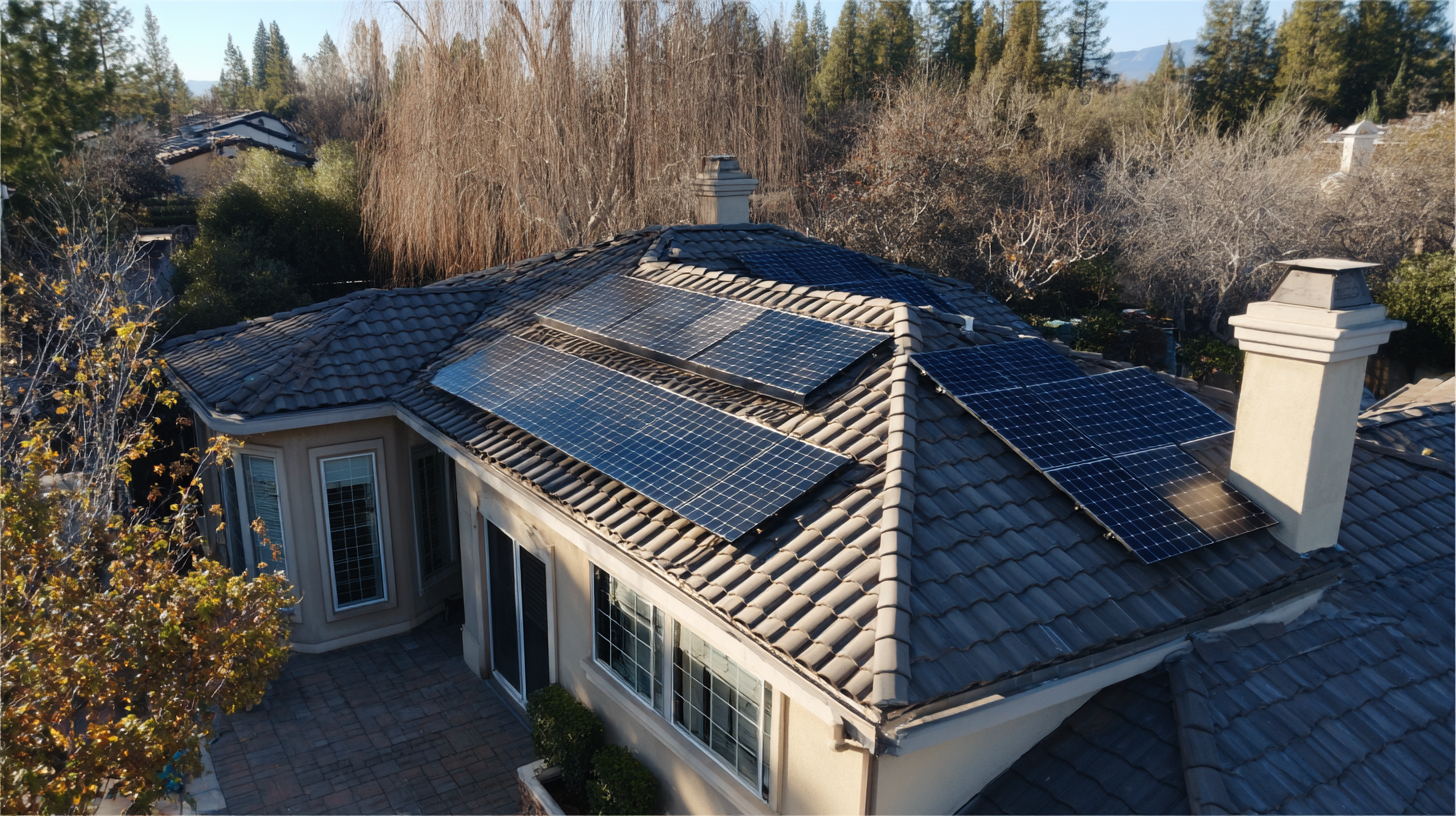 In today's world, the pursuit of sustainable energy solutions is more critical than ever, and solar power installation stands at the forefront of this green revolution. As homeowners seek to reduce their carbon footprint and decrease energy costs, the adoption of solar technology has emerged as a viable and beneficial option. This transition not only capitalizes on the abundant energy provided by the sun but also transforms homes into energy-efficient, cost-saving havens.
In today's world, the pursuit of sustainable energy solutions is more critical than ever, and solar power installation stands at the forefront of this green revolution. As homeowners seek to reduce their carbon footprint and decrease energy costs, the adoption of solar technology has emerged as a viable and beneficial option. This transition not only capitalizes on the abundant energy provided by the sun but also transforms homes into energy-efficient, cost-saving havens.
By harnessing solar power, homeowners can significantly lower their electricity bills, increase their property value, and contribute to a more sustainable future. This article explores how solar power installation can revolutionize both your home and your finances, unlocking unprecedented opportunities for savings while promoting environmental responsibility.
As homeowners increasingly seek sustainable energy solutions, solar power installation has emerged as a transformative option that not only enhances home value but also significantly reduces energy costs. According to a report from the U.S. Department of Energy, residential solar systems can save homeowners an average of $20,000 on energy bills over a 20-year period. This substantial savings is complemented by available tax credits and incentives that further lower the initial installation costs, making solar power an attractive investment for many families.
One of the key benefits of solar power installation is the positive impact on property value. A study by the National Renewable Energy Laboratory found that homes with solar energy systems sell for 4.1% more on average compared to those without. This increase in home value, combined with the reduction in energy expenses, results in a compelling financial scenario for homeowners considering solar energy.
**Tips for Homeowners:** Before installing solar panels, assess your home’s energy consumption and roof orientation to maximize efficiency. Additionally, explore local incentives or rebates that can help offset installation costs, and consult with multiple contractors to ensure competitive pricing and quality service. Investing in solar power not only makes financial sense but also contributes to a more sustainable future.
Solar energy is becoming an increasingly vital resource for homeowners looking to reduce electricity costs and embrace sustainable living. Over time, the financial benefits of installing solar panels can be substantial. For instance, a study indicated that residential solar systems could help homeowners save up to 70% on electricity bills, depending on their energy consumption and local utility rates. With advancements in photovoltaic technology, the efficiency of solar panels has significantly improved; recent reports show that the latest models can achieve up to 22% efficiency, meaning more energy generation per installed panel.
Additionally, the growing trend of Building-Integrated Photovoltaics (BIPV) is transforming urban landscapes into energy-generating assets. This approach not only enhances the architecture of buildings but also maximizes energy efficiency in densely populated areas. By integrating solar technology into the very structure of homes and commercial buildings, homeowners can further capitalize on potential rebates and incentive programs. As consumers become more informed about the longevity and warranty options of solar products, such as high-efficiency solar shingles, the initial investment becomes increasingly justifiable, paving the way to substantial long-term savings.
| Year | Installation Cost ($) | Annual Savings ($) | Cumulative Savings ($) | Return on Investment (%) |
|---|---|---|---|---|
| 2023 | 15,000 | 1,200 | 1,200 | 8% |
| 2024 | 0 | 1,400 | 2,600 | 9.33% |
| 2025 | 0 | 1,500 | 4,100 | 10% |
| 2026 | 0 | 1,600 | 5,700 | 10.67% |
| 2027 | 0 | 1,800 | 7,500 | 12% |
Choosing the right solar system for your home is a crucial step in maximizing both functionality and savings. With various options available, homeowners must consider factors such as energy needs, roof orientation, and local climate conditions. The type of solar panels—monocrystalline, polycrystalline, or thin-film—will significantly impact efficiency and cost. Monocrystalline panels, known for their high efficiency, are ideal for space-limited rooftops, while polycrystalline panels offer a more budget-friendly option with slightly lower efficiency.
In addition to panel types, the choice of an inverter is vital. For instance, string inverters are suitable for straightforward systems, while microinverters can enhance performance in shaded or complex installations. Homeowners should also consider battery storage solutions for energy independence during outages or nighttime use. By evaluating these elements, families can select a solar system that not only suits their home but also supports long-term savings on energy bills, making solar power an invaluable investment for the future.
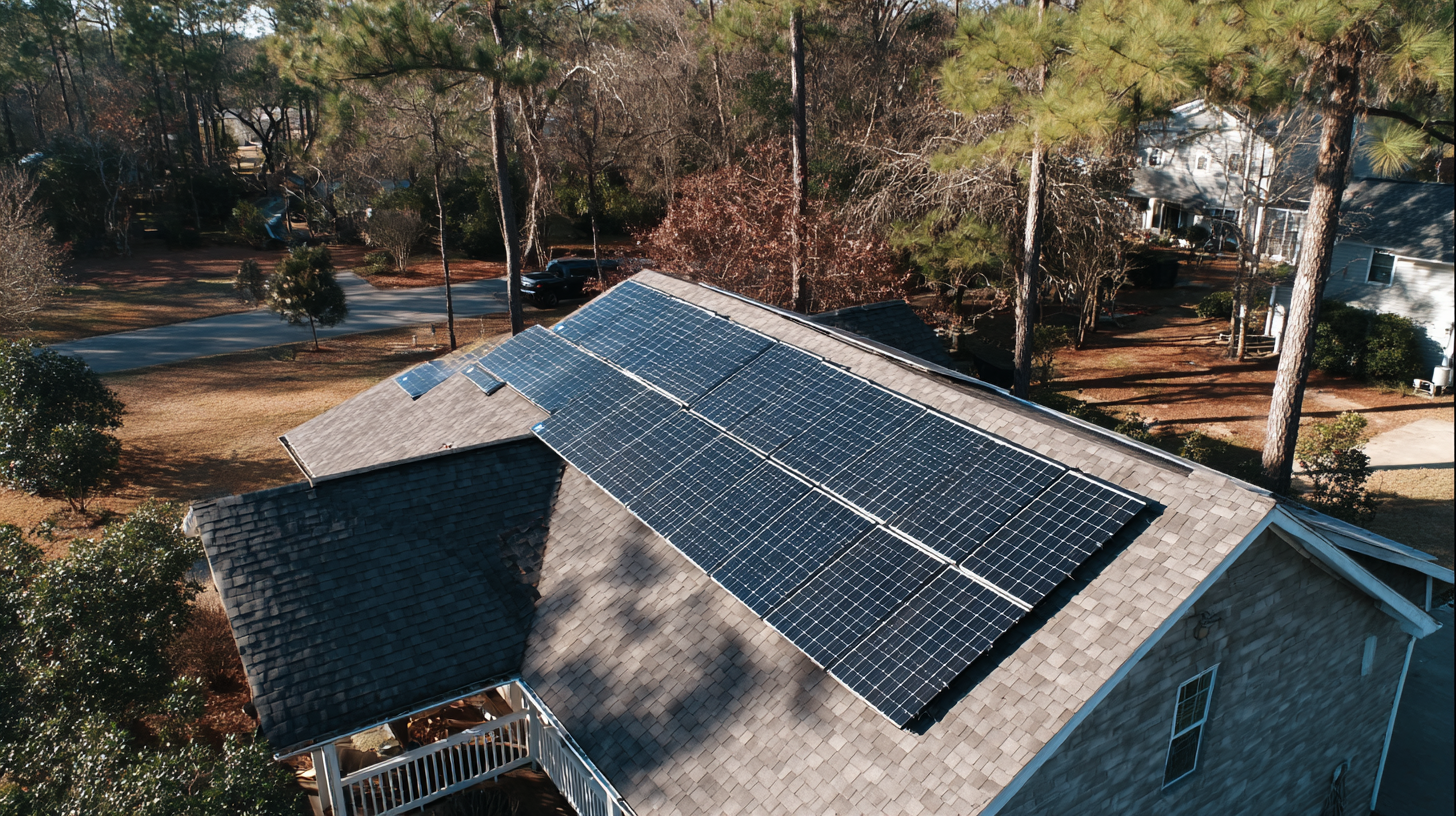
Government incentives and rebates play a crucial role in making solar power installation more accessible for homeowners. Many governments worldwide are recognizing the importance of renewable energy in combating climate change and reducing dependence on fossil fuels. As a result, they have implemented various financial incentives, such as tax credits, grants, and rebates, aimed at encouraging homeowners to invest in solar energy systems. These programs not only lower the initial installation costs but also enhance the overall return on investment, making solar power a financially attractive option.
In addition to federal programs, many states and local governments offer unique incentives tailored to their communities. These can include performance-based incentives, net metering policies, and property tax exemptions for solar installations. By taking advantage of these rebates and incentives, homeowners can significantly reduce their upfront costs and enjoy substantial long-term savings on their energy bills. With these financial supports, switching to solar power becomes an increasingly viable option for those looking to enhance their home’s energy efficiency while also contributing to a sustainable future.
Maintaining a solar power system is crucial for ensuring long-term efficiency and maximizing returns on investment. Regular upkeep involves cleaning solar panels to remove dust and debris, which can hinder their ability to capture sunlight and generate electricity. Additionally, monitoring the system’s performance through regular inspections can help identify potential issues before they escalate, thereby enhancing the system's longevity.
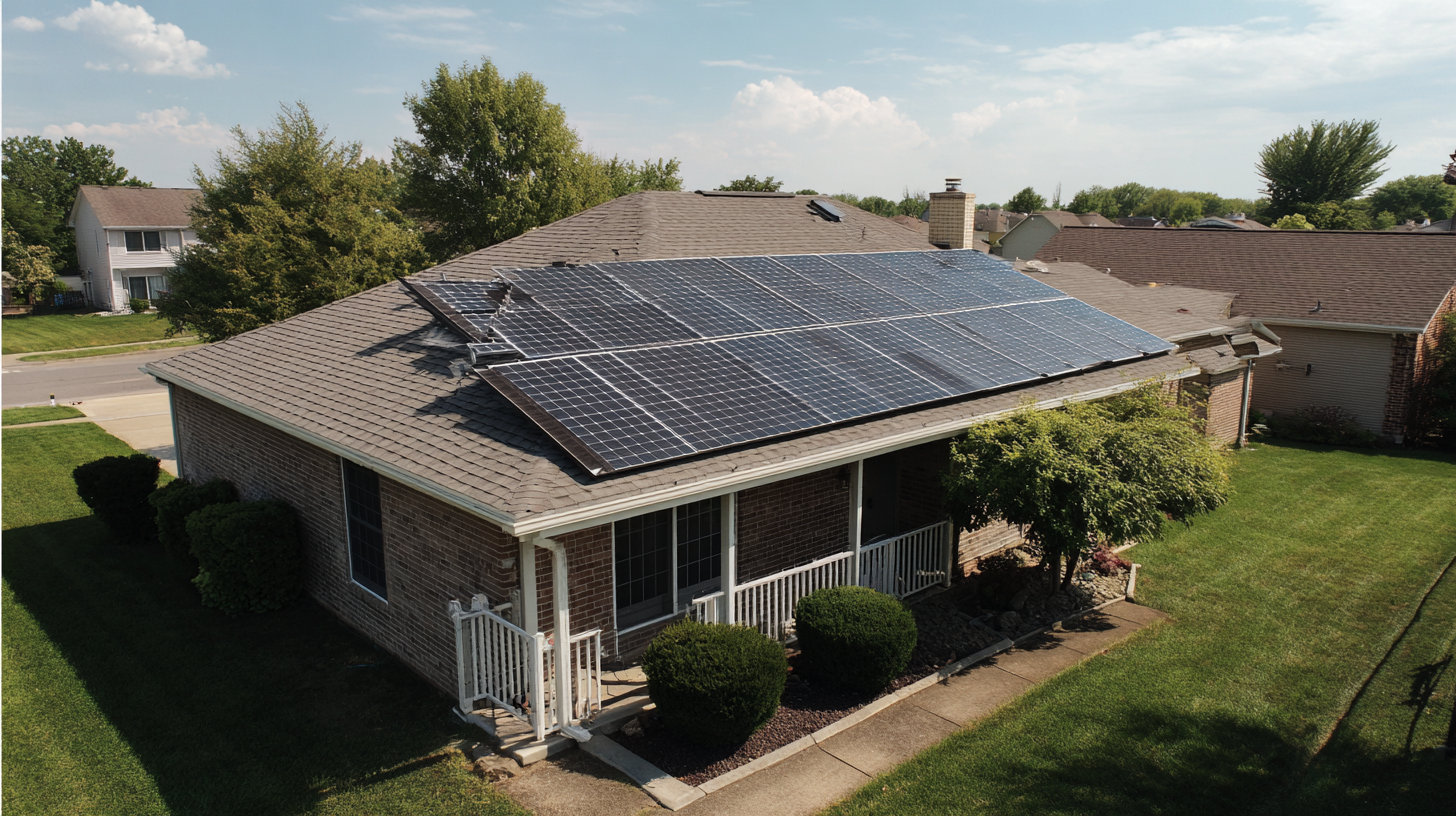
As the demand for renewable energy continues to rise, especially in remote and rural communities where reliable power sources have been scarce, solar power stands out as a transformative solution. With projections indicating that the global solar pump market will grow steadily to nearly $2 billion by 2033, maintaining an efficient solar power system becomes even more imperative. By prioritizing maintenance, homeowners can not only contribute to a sustainable future but also reduce their reliance on traditional energy sources, ultimately leading to significant savings on electricity bills.

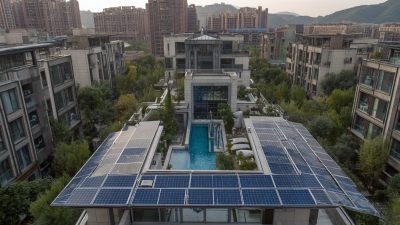


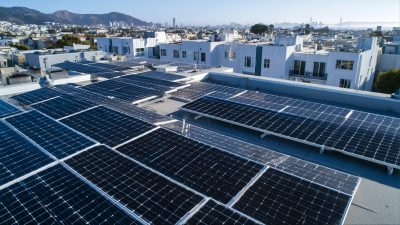
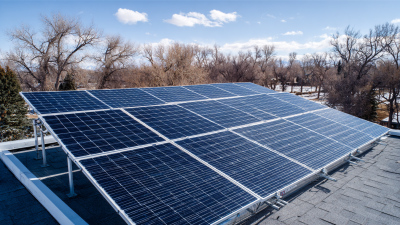
As electricity costs continue rising, many small households in Maharashtra seek sustainabl...Read More
Uttar Pradesh is making significant progress in adopting renewable energy, particularly so...Read More
With the Indian government actively promoting renewable energy through subsidies and polic...Read More
Tired of watching your electricity bills climb month after month and strain your pockets? ...Read More
Switching to solar energy in Gujarat has never been more profitable! With plenty of sunlig...Read More
If you live in Madhya Pradesh and want to save money on power while living a greener lifes...Read More
If you’re a resident of Bangalore looking to save on your skyrocketing electricity b...Read More
If you live in Karnataka and have been looking for an environmentally friendly, cost-effec...Read More
Delhi is a city that thrives on its vibrant energy, and what better way to complement that...Read More
As electricity costs continue rising, many small households in Maharashtra seek ...Read More
Uttar Pradesh is making significant progress in adopting renewable energy, parti...Read More
With the Indian government actively promoting renewable energy through subsidies...Read More